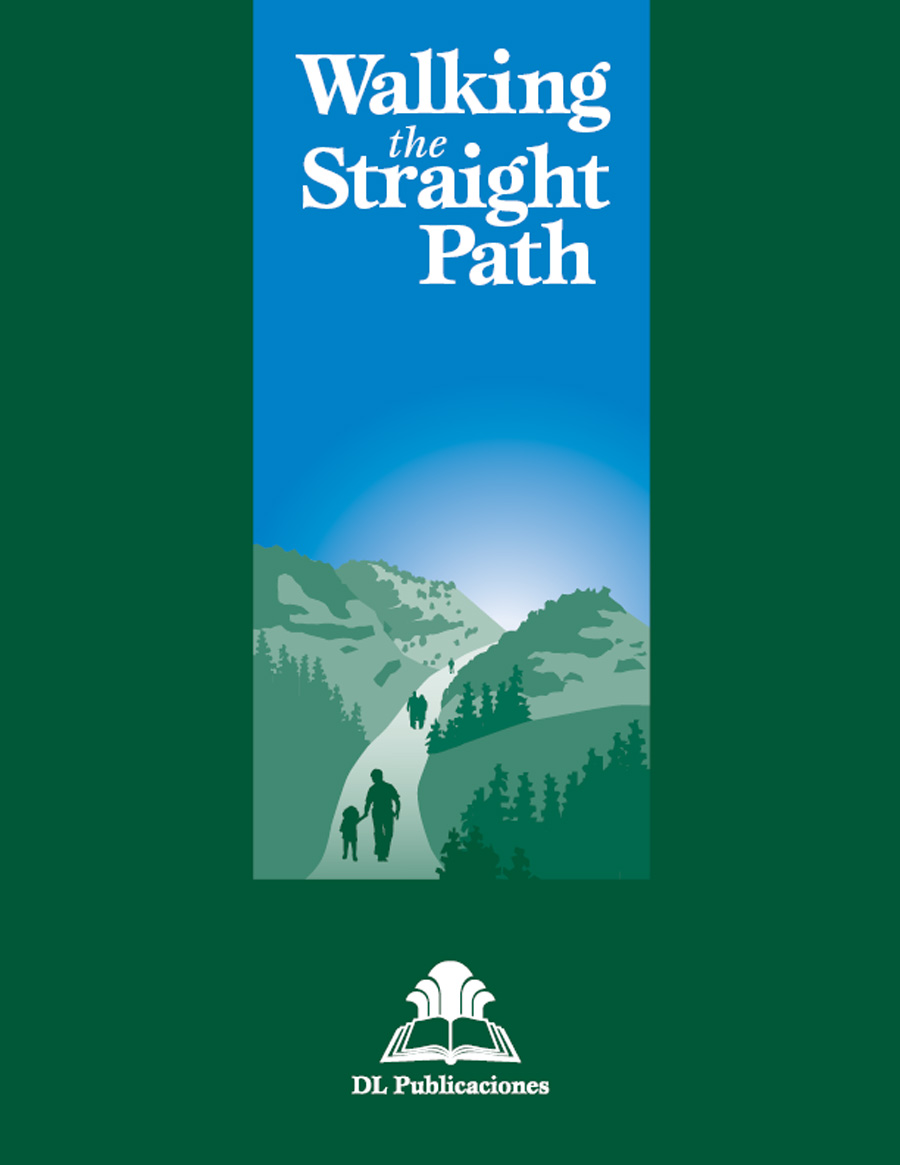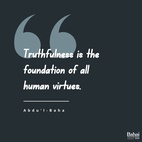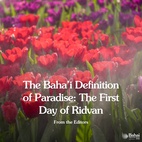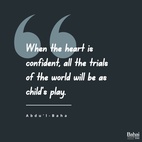The views expressed in our content reflect individual perspectives and do not represent the official views of the Baha'i Faith.
Traditionally, stories have been used as a means of transmitting moral concepts from one generation to the next. Sitting by the fire with a grandma or grandpa surrounded by their grandchildren, narrating folk tales passed from one generation to another, is a familiar scenario of many traditions—and for a long time, was a means of education for the young.
In a world where there is increasing moral decay and youth seem to have less positive role models to look up to, the Baha’i community developed the Junior Youth Spiritual Empowerment Program. This program, aimed at youth ages 12 to 14 (or “junior youth”), intends to empower junior youth to become active agents of spiritual and material change in their communities.
The participants, which currently number over 150,000 around the world, are young people with different religious backgrounds, races, nationalities and social classes; and each group is led by an animator, who guides them through a combination of study, community service and art.
…it is imperative to pay close attention to children and junior youth everywhere. Concern for the moral and spiritual education of young people is asserting itself forcefully on the consciousness of humanity, and no attempt at community building can afford to ignore it. – The Universal House of Justice, December 2005.
The Universal House of Justice says the material in the junior youth program assists “…junior youth to navigate through a crucial stage of their lives and to become empowered to direct their energies toward the advancement of civilization.” – Ridvan 2008.
The texts studied in this program use stories to educate, drawing on the storytelling tradition by following stories with a series of exercises designed to further comprehension, build vocabulary, and enhance moral reasoning.
 One of the stories told in the book Walking the Straight Path—one of the program’s many books—is about a king who went riding through the countryside to observe the condition of his people. Passing by a field, he noticed a very old man who, although weak and obviously in great pain, was working hard planting date trees. The king stopped his horse and asked, “Old man, what are you doing? Surely at your age you should be resting at home enjoying the loving attention of your children.”
One of the stories told in the book Walking the Straight Path—one of the program’s many books—is about a king who went riding through the countryside to observe the condition of his people. Passing by a field, he noticed a very old man who, although weak and obviously in great pain, was working hard planting date trees. The king stopped his horse and asked, “Old man, what are you doing? Surely at your age you should be resting at home enjoying the loving attention of your children.”
The old man answered that he could not rest yet until he finished planting the trees which were only going to bear fruits until at least in twenty years.
“What is your haste then?” Surely you will not live to eat the fruits of the trees you are so diligently planting,” observed the king.
“You are correct, my Master,” replied the old man. “However, my forefathers planted trees whose fruits I have enjoyed all my life. It is now my duty to plant for the benefit of the next generation.”
A group of youth I studied this book with remembered the selflessness quality of this old man three years down the line. While planting trees as part of their service project within school premises they joyfully remarked: “We are planting these trees for the next generation of students, just like that old man who planted the trees for the next generation.”
Another junior youth group resolved the challenges of a study group they had formed through reflecting on another text of the program, Learning about Excellence. This book tells the story of Ling Li, who goes to visit her grandparents in their village for the spring holidays. During one of the weekends Ling Li visits her old schoolteacher, and tells of her experience at the new school in town:
“At the end of the first term I got the highest score in the exam. So, this bright student, Fei Hong felt jealous and started being mean to me. This had never happened to me before. You had always told us to help others so that everyone could do well. For a while, I was angry with Fei Hong. Then, I decided to be friends with her. She was surprised and could not understand why. But eventually she realized that I was sincere. Now we enjoy studying together. Neither of us cares who scores higher in the exams.
Mrs. Wong commends Ling Li and points out that what she did “was to choose cooperation over competition. Many people think we develop excellence by competing with others, when, in fact, we achieve much more through cooperation.”
In comprehending the conversation between Ling Li and her teacher, the participants of the junior youth group realized that their own study group could do with more cooperation.
“When we discuss, we find that some people (students) who do particularly well in a certain subject are reserved in sharing information, and we feel like they do this on purpose because they don’t want anyone to score more marks than they do,” said one youth.
Another explained that they created a group on social media to post difficult questions they encountered when studying at home. But “we find that when one person posts a question it is quickly responded to by the members of the group, whilst others are not responded to as promptly when they do the same.”
One by one the youth highlighted the challenges of their study group and reflected on the meaning of cooperation in the light of the conversation between Ling Li and her teacher. They realized if they had to tap into each other’s capabilities and be united, lovingly and selflessly helping one another, that they would all do well in exams.
There is every indication that the programme engages [junior youth’s] expanding consciousness in an exploration of reality that helps them to analyse the constructive and destructive forces operating in society and to recognize the influence these forces exert on their thoughts and actions, sharpening their spiritual perception, enhancing their powers of expression and reinforcing moral structures that will serve them throughout their lives. At an age when burgeoning intellectual, spiritual and physical powers become accessible to them, they are being given the tools needed to combat the forces that would rob them of their true identity as noble beings and to work for the common good. – Universal House of Justice, Ridvan 2010.
In this way, the Junior Youth Program harnesses storytelling—one of the oldest educational tools humankind has devised—to inspire reflection and creative action in junior youth.

















Comments
Sign in or create an account
Continue with Facebookor